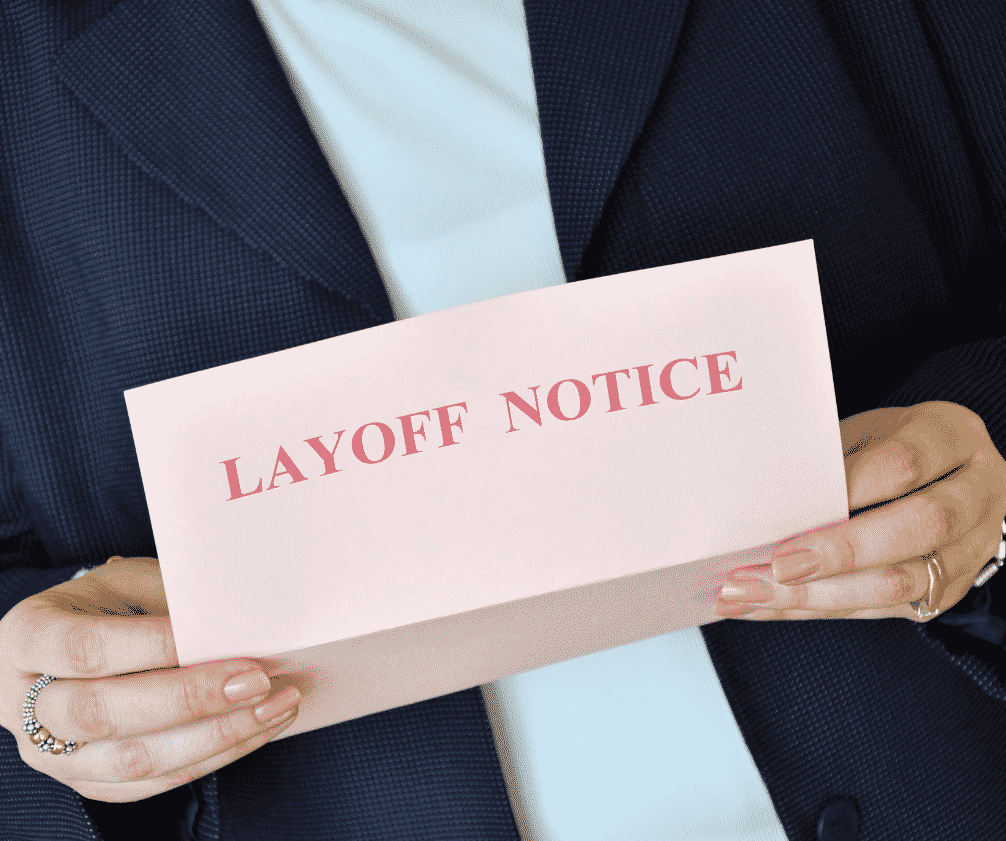How To Support Your Employees Through Pandemic Fatigue
Pandemic fatigue. Employee burnout. Whatever you call it, it is the culmination of a tough year that spared no one. At the start, everything was up in the air and no one knew how things would settle. As time went on, a new normal — which was anything but normal — emerged.
Virtual meetings took the place of in-person meetings, productive time revolved around home obligations and the government offered financial aid. Eventually, as businesses in many sectors realized they would survive, business leaders began to give a quiet sigh of relief.
But that is just part of the story. There was loss: Many people lost loved ones to Covid-19. Many people lost jobs, particularly employees in the travel and entertainment, restaurant and personal service industries. Everyone experienced isolation from family and friends. The list goes on.
Businesses responded by trying to recreate the workplace in a virtual world, and that became the norm. But the real-life situations people were facing daily affected many aspects of their lives, including how they responded to work demands.
It became apparent that maintaining employees’ mental and emotional well-being was a big part of maintaining engagement and productivity. Employers can provide tangible support in the following ways:
Mental Health Support
The mental health effects of the pandemic cannot be overstated. Recognizing that mental health is affected and discussing it openly helps take the stigma out of experiencing issues. Companies can promote good mental health by offering the following:
- Flexible schedules. Accepting flexibility as part of the work-at-home environment is only part of this issue. The other part is being open and honest about what that flexibility will look like when the physical office reopens. What options will employees have moving forward? Taking the mystery out of what the future holds goes a long way toward relieving anxiety.
- Time off. Encouraging employees to take time off is another way to foster mental health. Everyone needs down time, and actively supporting the need for it — and taking it yourself — lets everyone know time off is not the same as goofing off.
- Self-care. Promote employee self-care by providing access to health-related apps. Providing access to apps that help with sleep, nutrition and physical well-being is another way to show support.
- Employee assistance. Establish an employee assistance program (EAP). EAPs are voluntary programs that provide free, confidential mental health services to employees. Employers are not made aware of who uses the service.
Financial Support
The pandemic has caused widespread financial pressure. Even at companies that are doing well during this time, employees may have an underlying feeling of anxiety. Companies have dealt with this in a variety of ways, from sending gift cards to making loans and grants. These are great ways to reinforce company culture, but perhaps the most enduring steps a company can take is providing training in good financial wellness practices.
However your company recognizes pandemic fatigue, the key to its success is open and honest communication. It is okay for company leaders to let employees know they are not sure what the future holds. Showing this type of vulnerability does not mean you are showing weakness. Pandemic support programs are an acknowledgment that we all have been through a lot and the path forward still is unclear.
Contact us today for more guidance about helping your employees deal with pandemic fatigue.







Reply a Comment